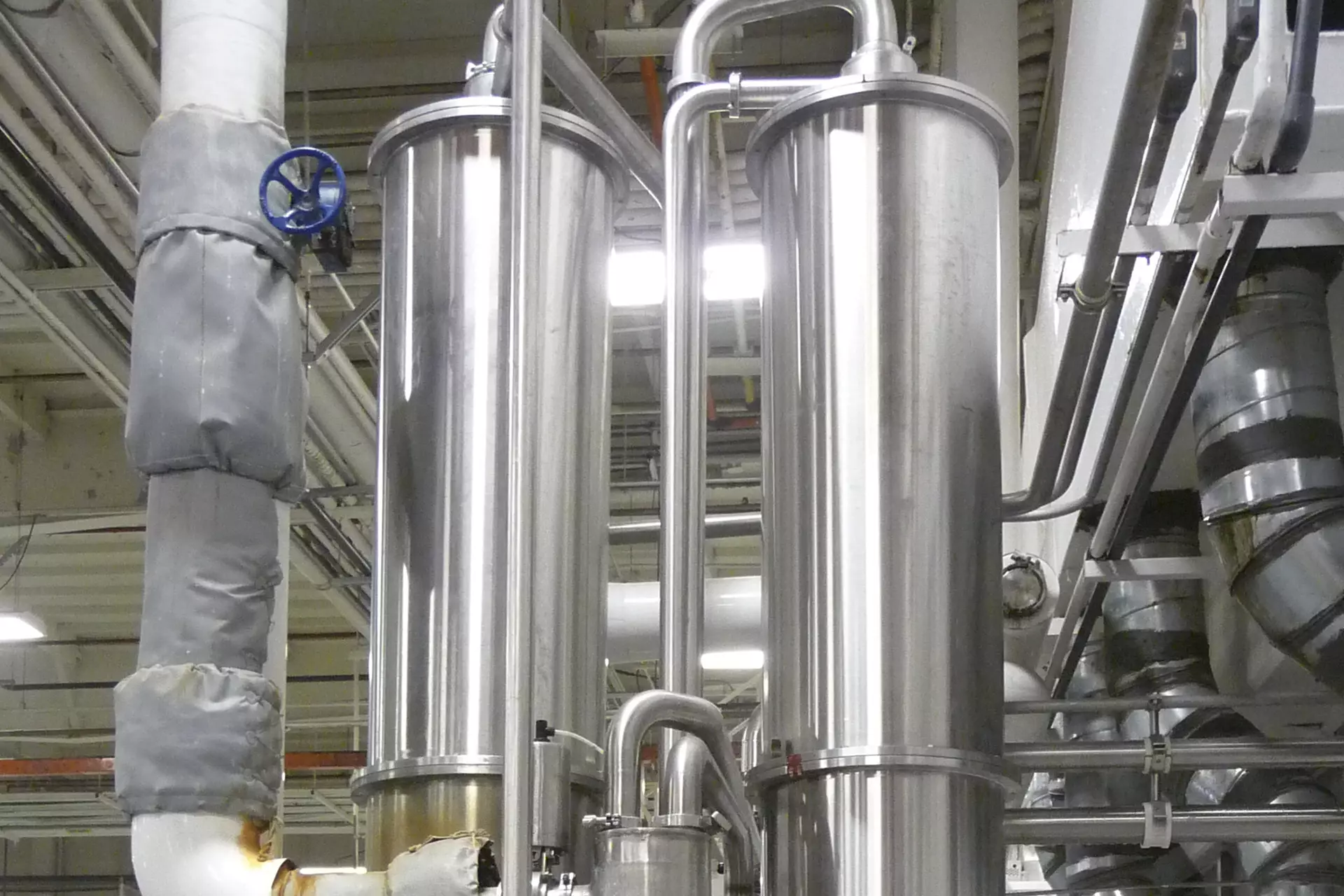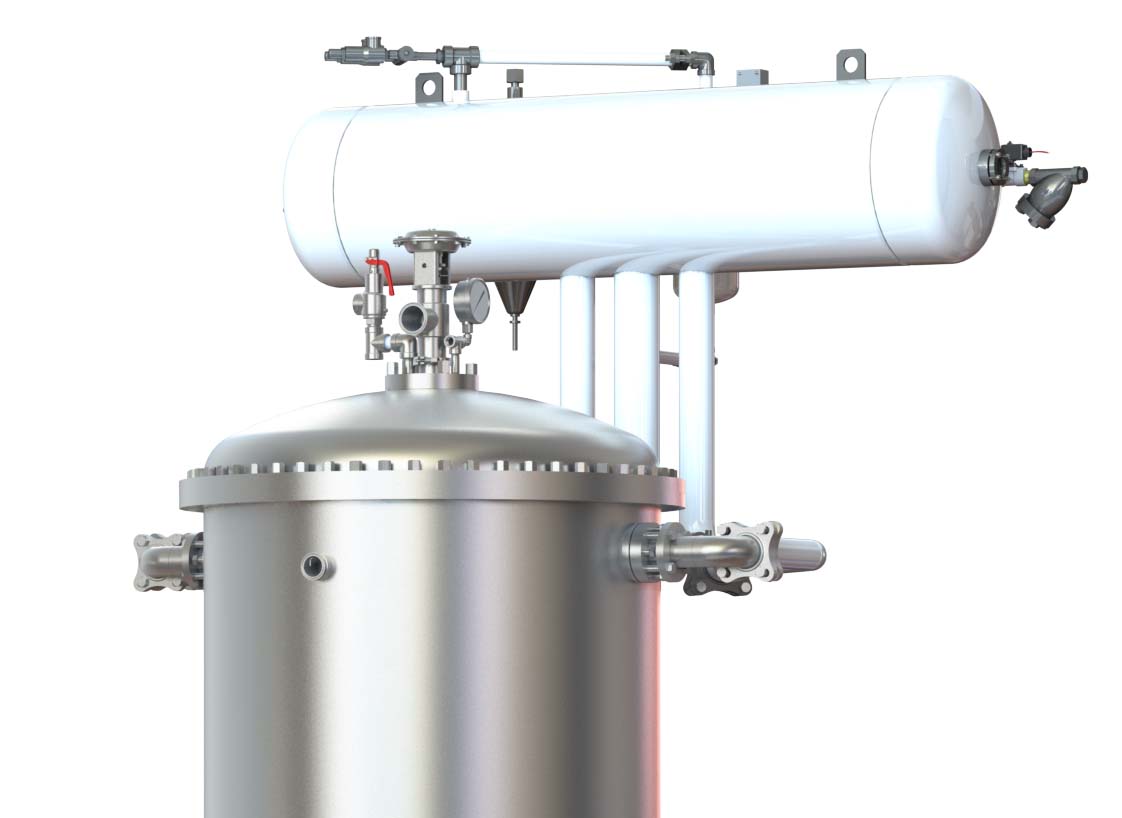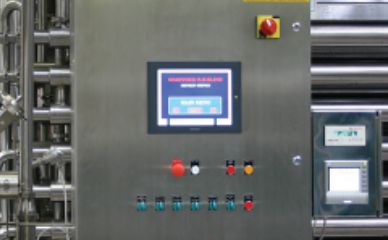Corrosion Spending
The annual cost of corrosion in the US oil and gas industry is estimated to be $1.4 Billion, with an estimated $320 Million going to capital expenditures for corrosion control.* The primary culprit of corrosion in both the downhole tubing and surface production and processing piping is the presence of gases and chemicals in the waterflood and produced water. Dissolved oxygen (O2), carbon dioxide (CO2), and hydrogen sulfide (H2S), both individually and in combination do most of the corrosion damage.
Chemical Challenges
Chemical corrosion inhibitors can be expensive, with a typical oil field spending $7 Million or more. Chemical dosing pump breakdowns and insufficient feed monitoring are common in the industry, leading to either an overfeed or underfeed of chemicals over long periods. More importantly, the byproducts of some chemical additives produce sulfate compounds, exacerbating H2S production in anaerobic conditions and ultimately degrading the value of the oil.
Alternative Materials
An alternative approach to corrosion prevention is metal passivation and the use of expensive alloys in downhole tubing and surface pipelines. With a significant capital cost, this approach is rarely effective in the longer term, as untreated liquids eventually break down even the most expensive alloys.
Reliable Mechanical Deaeration
GasTran Systems, using a proprietary mechanical approach to deaeration, can significantly reduce costs and improve the economics of onshore water flooding. By performing the majority of work in oxygen, CO2 , and H2S removal, GasTran Systems should be the first line of defense against corrosion in waterflood applications. GasTran Units can be easily adapted to strip dissolved gases with either methane, nitrogen, or under vacuum. Remote performance monitoring can accompany most installations.
- CC Technologies Laboratories, Inc.
GasTran Deaeration Unit Features
- Reduces dissolved oxygen and CO2 to less than 2 parts per billion (ppb)
- Excellent H2S removal – 99.5% with a single pass
- Highly scalable operation with turn-down ratio of 95%
- Reaches steady state performance in seconds
- Low operating pressure requirements
- Stainless steel construction with alternatives available
- Lightweight and small footprint
 Deaeration Systems
Deaeration Systems
 Carbo Coolers
Carbo Coolers
 Carbo Mix
Carbo Mix